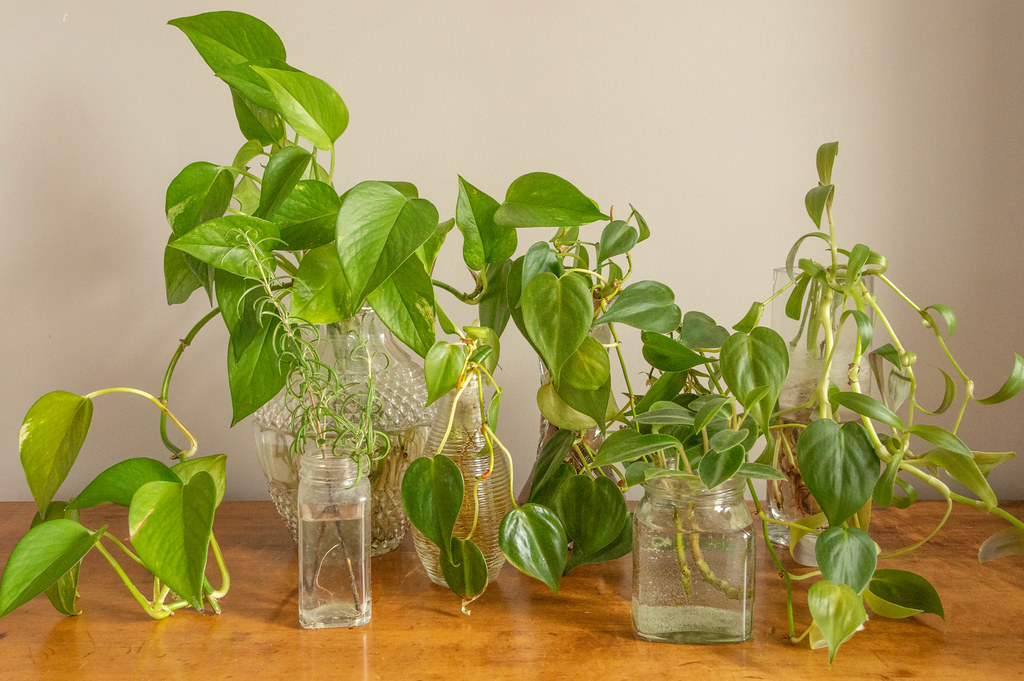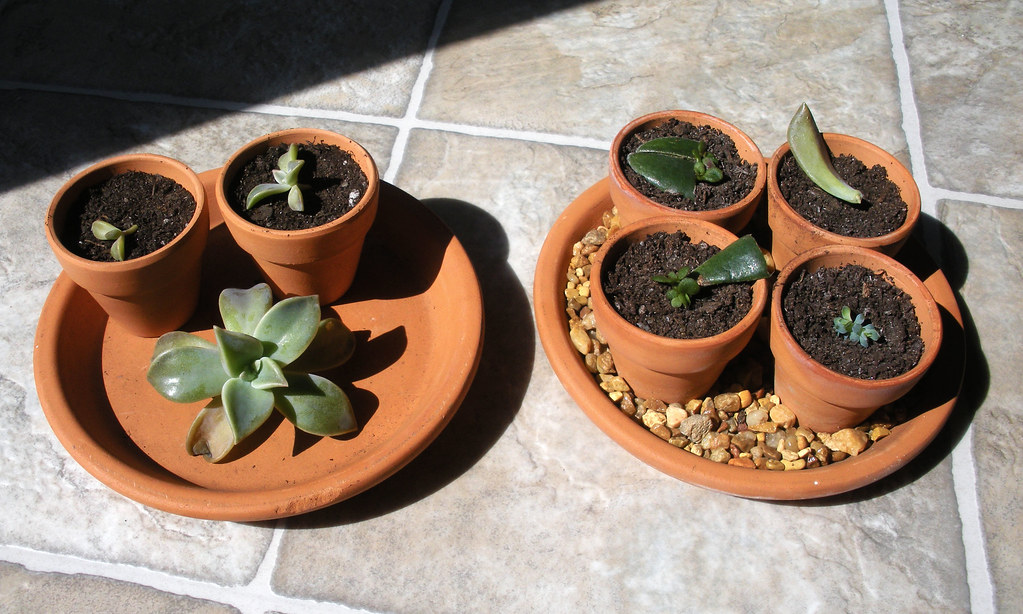How to Propagate Houseplants
Instead of purchasing new plants from the nursery, many gardeners enjoy growing houseplants from cuttings collected from friends and neighbors. Growing plants from cuttings, also known as propagation, is an easy and enjoyable experience. Here, we present some basic tips for propagating houseplants.
How to take cuttings from houseplants
It is common to take houseplant cuttings directly from stems, but you can also propagate houseplants from roots and leaves. The type of cutting you use largely depends on the plant. Wandering Jews are easy to grow from stem cuttings, while begonias grow well from leaf cuttings. You can grow other plants such as the spider plant by dividing the bulbous roots and replanting the small plantlets.

The most popular cutting is taken directly from the stem. To take a stem cutting, it’s best to cut from the tender part of the plant. When you take a cutting, cut just below a leaf node, taking about 15-17 cm (6-7 inches) of stem.
You can use pruners or a sharp knife. Make sure to clean all the garden tools and containers that you’re going to use for cuttings before and after using them to help prevent spreading plant diseases. Learn about caring for your garden tools here.
Before you plant a stem cutting, you should remove the leaves from the lowest part of the stem. In many cases, placing the stem in water or soil is sufficient to stimulate root growth. In other cases, you may need a rooting hormone. After you’ve planted the cutting, you need to keep the soil wet until the roots begin to form. Covering the container in a plastic bag can help retain moisture.
Some plants require a stem cutting without leaves. In these cases you can actually place the stem flat in the soil medium. The new plant grows up from the stem itself.

When you take a leaf cutting, it’s necessary to cut a single leaf with a piece of the petiole. Note that some plants such as rubber plants also need a new bud with the petiole. This kind of propagation is rare, though, and other methods can be just as effective.